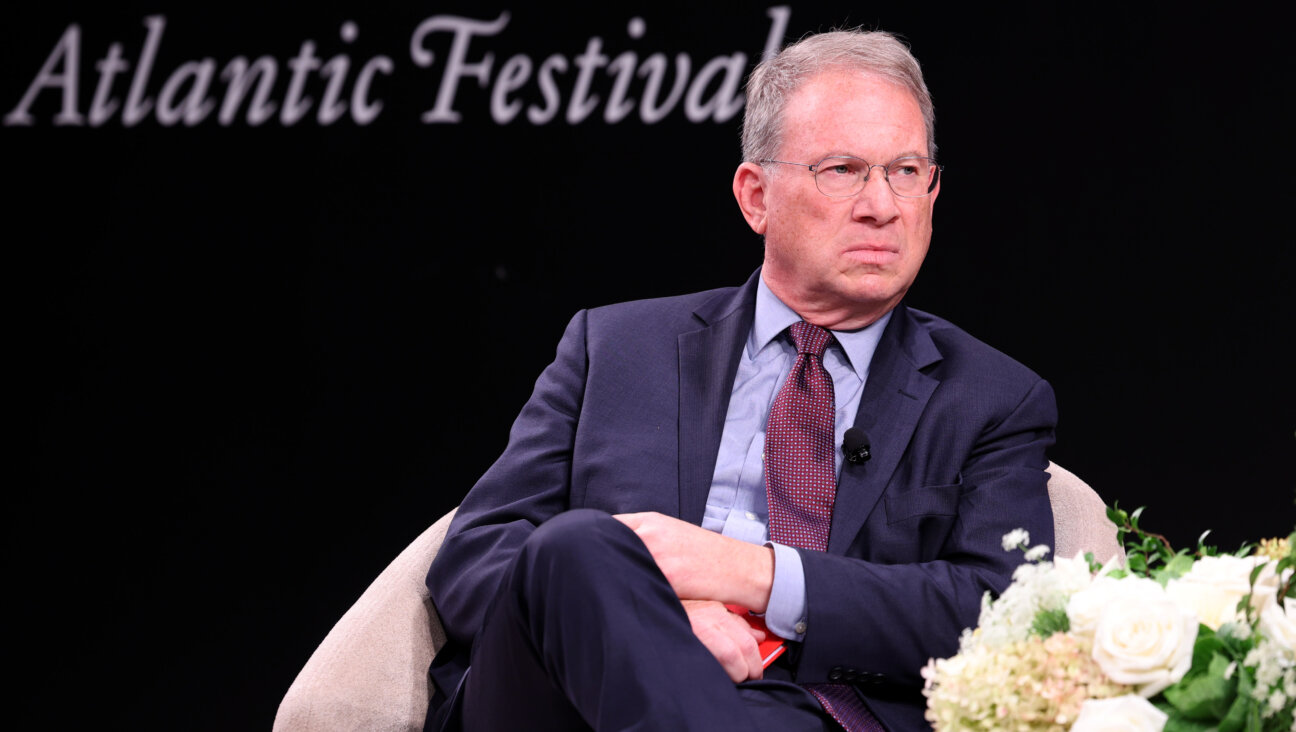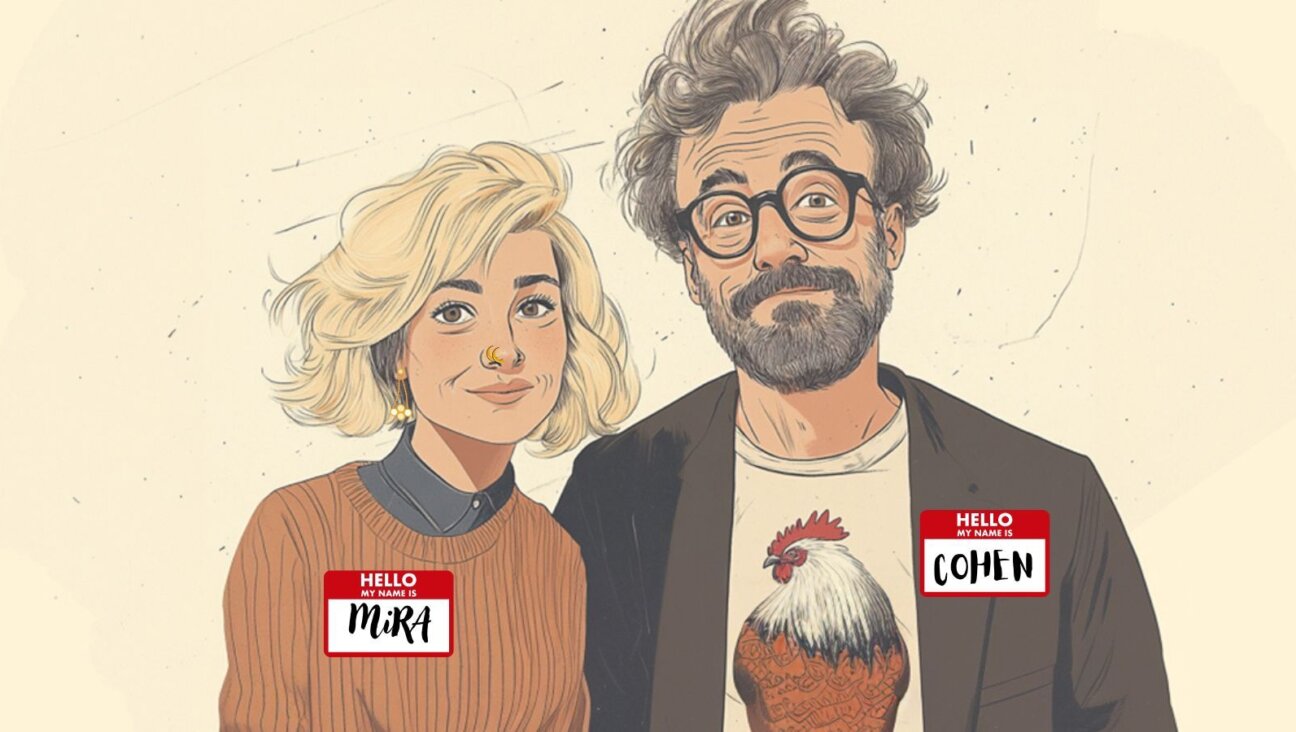The Art of Tempting Memory To Speak
Feathers
By Haim Be’er
Translated by Hillel Halkin
Brandeis University Press, 272 pages, $26.
* * *|
The Pure Element of Time
By Haim Be’er
Translated by Barbara Harshav
Brandeis, 282 pages, $26.
* * *|
What are the common elements of memory and art? How is remembrance, with its duty to veracity, fashioned into a work of creation and invention? These are among the questions implicitly asked and elegantly answered by great autobiographical books like James Joyce’s “A Portrait of the Artist as a Young Man” and Vladimir Nabokov’s “Speak, Memory.”
The same kind of meditations animate “Feathers” and “The Pure Element of Time,” two recently translated first-person accounts of adolescence by the Israeli writer Haim Be’er. A 59-year-old editor at the Am Oved publishing house, Be’er has also written in Hebrew a book of poetry, another novel (“Et Hazamir”) and a nonfiction treatment of three of his illustrious forbears, Hayyim Nahman Bialik, Yosef Haim Brenner and S.Y. Agnon (“Gam Ahavatam, Gam Sinatam,” “Both Their Loves and Hates”). But it is on these two bildungsroman that Be’er’s reputation primarily rests, and together they serve as a rich introduction to an important Israeli author who — unlike his contemporary David Grossman, for example — has been until now too-little-known to American readers.
Both books affectionately describe a Jerusalem of the 1950s through the watchful eyes of an only child growing up in its Geula neighborhood on streets teeming with vividly drawn, eccentric characters, each of whom, in a country itself still in the throes of childhood, holds onto a peculiar notion of the past and the future. “Feathers” (a novel originally published in Hebrew in 1979 and recently named one of the 100 great books of modern Jewish literature by the National Yiddish Book Center) is framed as a flashback to reminiscences of youth from the narrator’s grisly present-tense tasks as a member of a burial unit in the Sinai desert during the Yom Kippur War. Not that these memories are themselves free of morbidity: The childhood home lies along a funeral route, and an elderly undertaker, a family friend, would stop by and tell “story after story, the hero of all of which was Death.” And all the while, we hear in the background the rumbling echoes of the Israeli War of Independence, of Stalin’s demise and of the disturbances sparked in Israel by the debate in the Knesset over Holocaust reparations.
In the foreground, “Feathers” tells of the friendship between the young narrator and the much older Mordecai Leder — a necrophiliac, a collector of alms for a school for the blind and an Esperanto enthusiast (“Bonan Sabaton!” is his Sabbath greeting). Leder is also rather obsessed with the outlandish theories of the now-obscure Viennese Jewish utopian Josef Popper-Lynkeus (1838-1921), and he is feverishly preparing to found the future state of Lynkeania; he writes its constitution, emblazons pennants with its slogans (“Of What Avail is the Society in Which Even One Man is Forced to Go Hungry?”) and tries to raise a “Nutrition Army” to defend it.
Leder ends up in an insane asylum, but not before reminding his protégé that a certain strain of messianically-inclined dreaminess has long infected the boy’s own family. His great-grandfather would hike up the Mount of Olives every dawn to determine the precise moment of sunrise, in the hope that “if enough Jews could be found to pray for Redemption at the fleeting instant of grace between light and darkness each morning, Time’s chains might be broken at last.” The narrator’s grandfather had roamed far and wide in search of the true biblical blue dye, and his father would disappear for days at a time on his quest to prove that the eucalyptus is in fact one of the “four species” of the Sukkot holiday. “Just don’t take after your mother, who… comes from a long line of frustrated Lithuanian Talmudists,” Leder warns, referring to the rationalist side of the boy’s ancestry.
Yet this is just what Be’er does in the second of these books, “The Pure Element of Time” (originally published in 1998 as “Havalim,” or “Bonds”). In a sense, this book, which blurs the distinction between autobiographical novel and memoir, is a rewriting of “Feathers.” Here, relieved to drop the contrivances of fiction, Be’er overcomes his reluctance to violate the dictum of “Thou shalt not steal from yourself,” and transplants several scenes almost verbatim from the earlier book to the later — “where they belong.” The pretense of invention all but falls away to reveal poignant portraits of the personalities who influenced Be’er as a child and an aspiring writer.
Here, too, Be’er summons some delightfully marginal Jerusalemites to the page: the artisan who crafts a Seder plate depicting General Moshe Dayan reaching out to Moses on Mount Sinai (above them the words: “From Moses to Moses None Like Moses”) or the poet who refuses to read the work of his contemporaries. “The Books of Psalms is enough for me,” he notes. “And if I want something new, [the medievals] Yehuda Ha’Levi and Ibn Gavirol support me comfortably.”
Mainly, though, Be’er acquaints us here with his nominally Orthodox family. In the first third of the book, we meet his pious maternal grandmother, who burrows “into the ashes of memories” to tell him stories about their ancestors from shtetls like Shklov and Kobersdorf, tales of distinguished rabbis that bring him to “feel as if I were thrown all at once into something radiant and moving, which was simply the pure element of time.” Forward-looking Uncle Jacob, on the other hand, embodies “the new Land of Israel, whose skies are an all-blue Zionist prayer shawl and a red and gold socialist sun.”
But Be’er reserves his warmest tones for his mother, the vibrant center of this book, an atheist escapee from her ultrareligious family and a woman full of disdain for nearly everyone except her son — for “the apparatchiks of di yiddishe medineh [the Jewish state],” for yeshiva students (“the Cossacks of the Holy-One-Blessed-Be-He”) and most of all for her husband, whom Be’er remembers as sitting “with a sealed face” behind a “wall of solitude.” (The son, regarding his father as an immigrant to “a land that did not requite his love,” happened to share this last derision of his mother’s: “I despised Father, the humble grocer… for his broken language… for lacking Zionist values.”)
Yet vis-à-vis her son, whose life-affirming stirrings in her womb saved her from suicide, the mother presents another face entirely. She gives herself to him — in gratitude and in love at once plain and profound — with such force that by the end of this description of a sentimental education, Be’er wonders, and we with him, “where Mother got the strength to expose her internal world to me so openly and transparently.”
Though herself uneducated, she is not only the main inhabitant of her son’s memory but also his wisest tutor in the delicate art of coaxing forth emotions and memories, however recalcitrant, into words. Among the wisdoms she imparts: that “the past is the most unexpected thing, even more than the future”; that “there are no schools that teach the art of observing and perfecting the talent of seeing except for the immortal works of true writers”; that the artist “doesn’t have to obey anyone, and certainly not the rabbis and teachers of Halakha, but solely the command of his own heart”; that silence and speech “are like a reversible garment worn sometimes on one side, sometimes on the other, as need be,” and finally, that one must write about others honestly but lovingly.
It is unclear whether, as Hillel Halkin suggests in his translator’s foreword, Popper-Lynkeus stands in for that other Viennese utopian, Theodor Herzl, whose “Altneuland” (“Oldnewland”) appeared in 1902, just three years after Lynkeus’s “Fantasies of a Realist.” But it is clear, at least, that a sense of disappointed hope — in this case, Zionist hope — pervades both of Be’er’s books. In “Feathers,” the narrator’s schoolteacher hurls a blue glass bottle into a ravine, telling her charges that “such was the fate of all manmade utopias, which burst on the hard ground of reality.” Such, too, is the fate of the hope that Leder attaches to Lynkeania and that the boy attaches to Leder, that the mother places in her husband and that the great-grandfather places in the redemption from time itself.
“The more the rebellious remnants of memory responded to my whispering and came together into some image,” Be’er writes, “the more palpable and certain has our lord Death, whose shadows were cast on the narrator from the start, become.” Be’er’s superbly textured prose, ably guided by both unstinting honesty and unmistakable love, trusts the past, with its unexpected yields, more than the future, which knows only the certainty of oblivion. Its not inconsiderable art lies in tempting memory to speak and — what may amount to much the same thing — in bestowing on the temporal something of the eternal.
Benjamin Balint, assistant editor of Commentary magazine, last reviewed Norman Manea’s memoirs.
The Forward is free to read, but it isn’t free to produce

I hope you appreciated this article. Before you go, I’d like to ask you to please support the Forward.
At a time when other newsrooms are closing or cutting back, the Forward has removed its paywall and invested additional resources to report on the ground from Israel and around the U.S. on the impact of the war, rising antisemitism and polarized discourse.
Readers like you make it all possible. We’ve started our Passover Fundraising Drive, and we need 1,800 readers like you to step up to support the Forward by April 21. Members of the Forward board are even matching the first 1,000 gifts, up to $70,000.
This is a great time to support independent Jewish journalism, because every dollar goes twice as far.
— Rachel Fishman Feddersen, Publisher and CEO






















